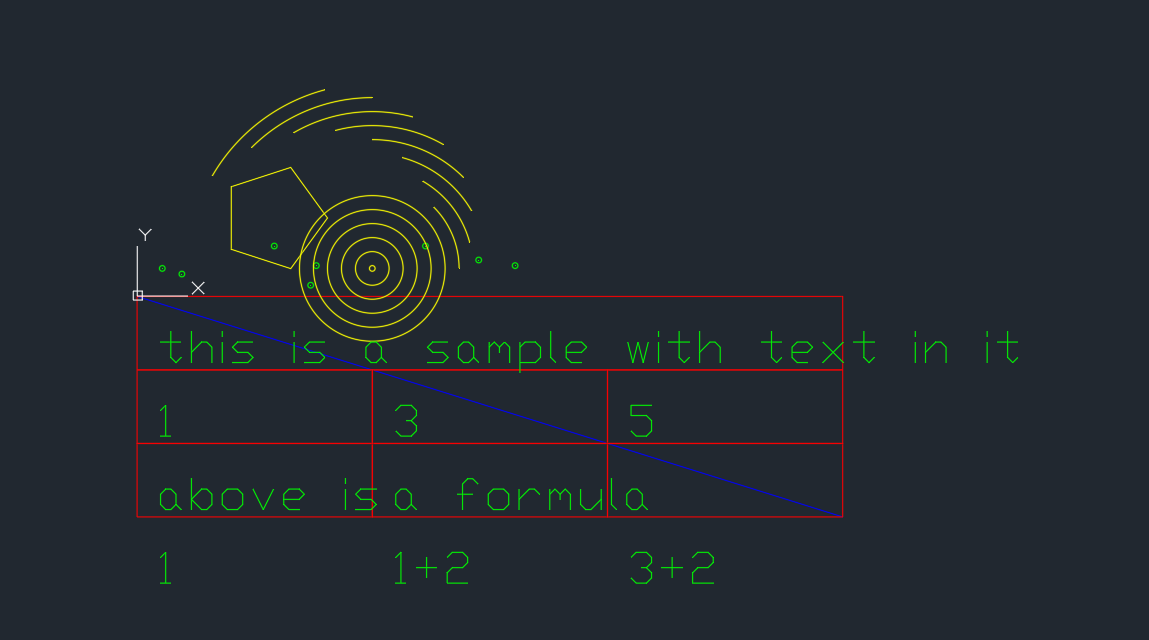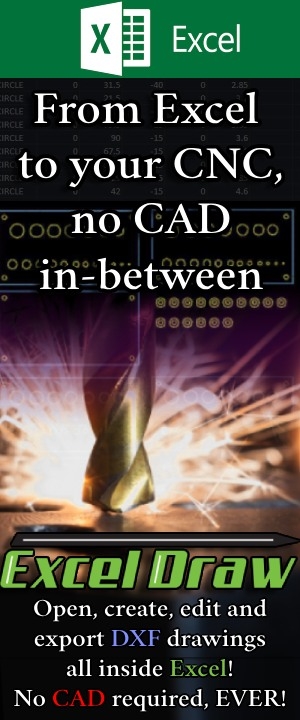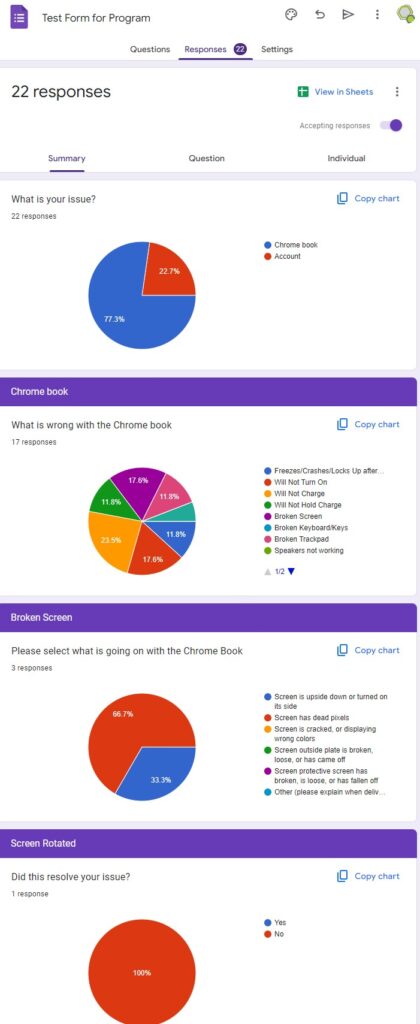Streamlined File Organization: Optimal Approaches in Google Drive
Top 9 Tricks You Should Use for Organizing and Streamlining Google Drive
Introduction:
In today’s digital era, effective file organization plays a vital role in enhancing productivity and ensuring a seamless workflow. With the growing reliance on cloud storage platforms like Google Drive, acquiring expertise in efficient file organization techniques can save you valuable time and minimize frustration. This blog post delves into the best practices for optimizing your file organization within Google Drive, facilitating effortless searchability and promoting seamless collaboration.
-
Develop a Logical Folder Structure:
To ensure optimal file organization, begin by establishing a logical folder structure that reflects your workflow and the nature of your files. Consider categorizing files based on projects, departments, or themes. For instance, if you work in marketing, you might create folders for “Campaigns,” “Analytics,” and “Creative Assets.” This hierarchical approach helps you quickly find and manage files.
-
Harness Descriptive Filenames:
When saving files in Google Drive, employ descriptive filenames that convey vital information at a glance. Incorporate relevant keywords, dates, or version numbers to facilitate easy identification. For instance, instead of “Report.docx,” use “Q2_Sales_Report_Final.docx.” This practice ensures clarity and mitigates confusion, especially when collaborating with team members.
-
 Exploit Color-Coding and Icons:
Exploit Color-Coding and Icons:
Google Drive allows you to integrate color-coding and icons to folders and files, simplifying visual identification. Assign specific colors or icons to different file types or priority levels. For example, utilize red for urgent files, green for completed projects, or star icons for important documents. This visual distinction assists in swift navigation through your files.
-
Capitalize on Subfolders and Shared Drives:
To further organize your files, leverage subfolders within your primary folders. Subdivide larger projects or categories into more specific subfolders. This approach maintains a tidy and systematic structure. Additionally, if you collaborate with teams, consider utilizing Shared Drives within Google Drive. Shared Drives provide a centralized space for team collaboration and ensure authorized team members have access to files.
-
Use Direct Download Link Generator to cut down on Accidental Editing:
When sending or sharing files with other people, unless you specifically set up your files in a way that allow for users to make a direct copy of that document, files can be edited by accident. A way around this is to set up Direct Download Links instead of sharing full access to anyone.
There are several options online for Google Drive Direct Download Link Generators, but there is only one that allows this for Google Docs, Sheets, Slides, Files and Folders. That program is G-Drive Linker.
G-Drive Linker is used for creating direct download links for your Google Drive files and folders. This allows you to simply send a link that will automatically download the file on the recipients’ computer. Doing this you will not have to worry about accidental editing of documents or the user not knowing how to operate Google Drive. The best part is the free version has all the functionality as the full version, so there is nothing holding you back from using this amazing application.
-
Implement a Consistent Naming Convention:
Establishing a consistent naming convention across your files is a game-changing aspect of efficient file organization. Define a set of rules for naming files, such as using abbreviations, dates, or project codes. Consistency fosters clarity and ensures uniformity throughout your entire file system.
-
Leverage Metadata and Tags:
Google Drive enables the addition of custom metadata and tags to files, providing supplementary context and searchability. Consider incorporating metadata fields like project names, client names, or relevant keywords to files. This allows for swift search and filtering of files based on specific criteria, enhancing your overall file organization.
-
Optimize Search Functionality:
Google Drive offers robust search capabilities, allowing you to effortlessly locate files. Utilize advanced search operators to refine your searches. For instance, employ quotation marks for exact phrase matching or “type:pdf” to search for specific file formats. Combine search operators to narrow down results and promptly locate files.
There are several websites that show search terms you can use to narrow down items in search results. One of the websites is here, “25+ Google Drive search operators and search tricks”.
[ https://seosly.com/blog/google-drive-search-operators/ ]

-
Regularly Archive and Eliminate Redundant Files:
Over time, files can accumulate, resulting in clutter and reduced efficiency. Regularly review your files and archive or delete unnecessary or redundant files. This practice maintains an organized Google Drive and ensures that you are working with the most relevant and up-to-date files.
Conclusion:
Efficient file organization within Google Drive is paramount for maximizing productivity and ensuring a streamlined workflow. By implementing the aforementioned best practices—establishing a logical folder structure, utilizing descriptive filenames, capitalizing on color-coding and icons, and optimizing search functionality—you can take control of your files and save valuable time. Embrace these strategies, and witness your Google Drive transform into a well-organized digital workspace that enhances efficiency and collaboration.
 #GoogleDriveOrganization
#GoogleDriveOrganization
#FileManagementTips
#ProductivityHacks
#CloudStorageStrategies
#EfficientWorkflow
#DigitalWorkspace
#CollaborationTools
#FileOrganizationTips
#GoogleDriveTips
#MetadataOrganization
#SearchFunctionality
#WorkflowOptimization
#FolderStructure
#TeamCollaboration
#TimeSavingTips
#FileNamingConvention
#ColorCodingFiles
#SharedDrives
#DirectDownloadLinks
#GoogleDriveTricks






 Previous Post
Previous Post Next Post
Next Post

















